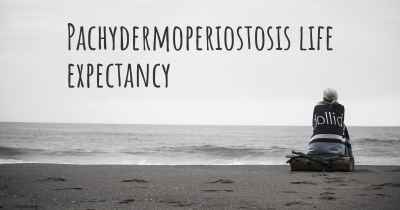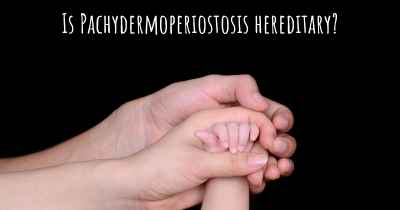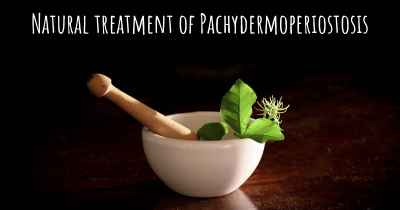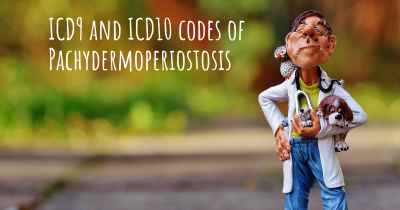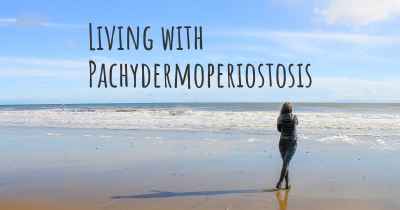Which advice would you give to someone who has just been diagnosed with Pachydermoperiostosis?
See some advice from people with experience in Pachydermoperiostosis to people who have just been diagnosed with Pachydermoperiostosis
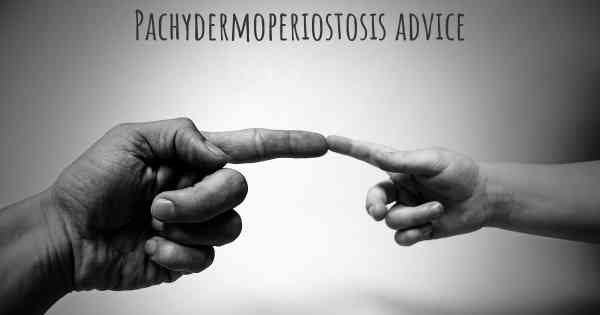
Pachydermoperiostosis (PDP) is a rare genetic disorder characterized by thickening of the skin, bone, and other tissues. If you have recently been diagnosed with PDP, it is understandable that you may have concerns and questions about your condition. While I am not a medical professional, I can offer some general advice and suggestions to help you navigate this new chapter in your life.
Educate yourself about Pachydermoperiostosis: Understanding your condition is crucial in managing it effectively. Research reputable sources, such as medical journals and trusted websites, to learn more about PDP. This knowledge will empower you to make informed decisions about your treatment options and lifestyle adjustments.
Build a support network: Reach out to your loved ones, friends, and family members to share your diagnosis. Having a strong support network can provide emotional support, understanding, and encouragement throughout your journey with PDP. Consider joining support groups or online communities where you can connect with others who have similar experiences.
Consult with medical professionals: Schedule an appointment with a healthcare professional who specializes in Pachydermoperiostosis. They can provide you with personalized advice, answer your questions, and guide you through the treatment options available. Regular check-ups and open communication with your healthcare team are essential for managing your condition effectively.
Follow your treatment plan: Your healthcare provider will develop a treatment plan tailored to your specific needs. This may include medications to manage symptoms, physical therapy, and lifestyle modifications. It is crucial to adhere to your treatment plan and attend all recommended appointments to optimize your health and well-being.
Take care of your overall health: While there is no cure for PDP, adopting a healthy lifestyle can help manage symptoms and improve your quality of life. Maintain a balanced diet, engage in regular exercise (as recommended by your healthcare provider), get enough sleep, and avoid smoking or excessive alcohol consumption. These habits can positively impact your overall well-being.
Manage symptoms and discomfort: PDP can cause various symptoms, such as joint pain, skin thickening, and excessive sweating. Discuss these symptoms with your healthcare provider, who may recommend specific medications or therapies to alleviate discomfort. Additionally, practicing stress management techniques, such as meditation or yoga, can help improve your overall well-being.
Stay positive and seek emotional support: Coping with a chronic condition like PDP can be challenging, both physically and emotionally. It is important to maintain a positive mindset and seek emotional support when needed. Consider talking to a therapist or counselor who can help you navigate the emotional aspects of living with PDP.
Stay informed about research and advancements: Medical research is constantly evolving, and new treatments or management strategies may become available in the future. Stay informed about the latest research and advancements in Pachydermoperiostosis by following reputable medical sources or organizations. This knowledge can help you stay proactive in managing your condition.
Remember, every individual's experience with PDP is unique, and your healthcare provider is the best resource for personalized advice. They will guide you through your treatment journey and provide the most accurate information based on your specific condition. Stay proactive, seek support, and take care of your overall well-being to live a fulfilling life with Pachydermoperiostosis.
